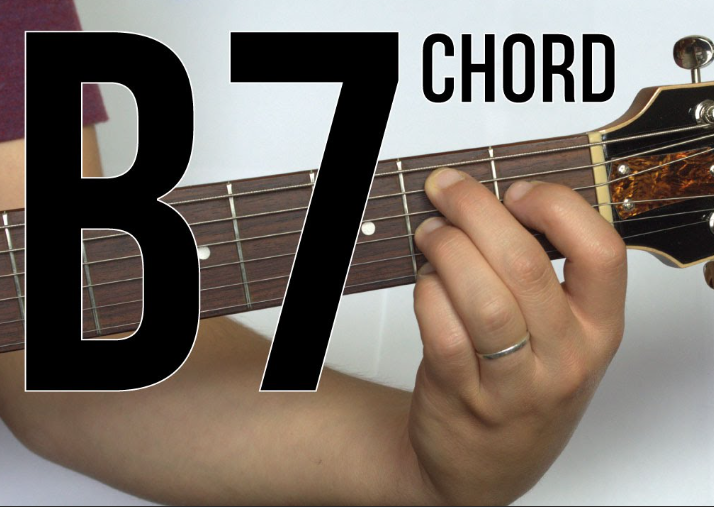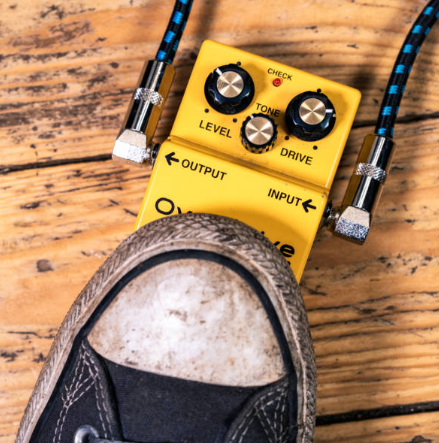Easy Fingerpicking for Beginners: A Step-by-Step Guide

Fingerpicking is one of those magical techniques that adds a new dimension to your guitar playing. Imagine turning simple chords into rich, layered melodies by plucking individual strings with your fingers instead of strumming. This guide introduces basic fingerpicking techniques, with easy exercises designed to build your confidence.
What is Fingerpicking?
Fingerpicking is a style of playing where each finger plucks a different string, creating a melody with depth and warmth. It’s common in folk, classical, and even pop songs. Unlike using a pick, fingerpicking gives you control over individual strings and adds more variation to your sound.
Getting Started: Basic Technique
Before diving into exercises, let’s cover the basics:
- Hand Position: Rest your thumb on the lowest string of your chord (often the thick E or A string), with your fingers hovering over the remaining strings. Try to keep your hand relaxed; tension in your fingers or wrist can make fingerpicking challenging.
- Finger Assignment: Each finger has a designated string:
- Thumb (P): Low E, A, or D string
- Index (I): G string
- Middle (M): B string
- Ring (A): High E string
Beginner Fingerpicking Patterns
Here are a few beginner-friendly patterns to start with. Practice each one slowly to develop muscle memory, then gradually increase the speed.
Pattern 1: Basic 4-String Alternating
- Chords: Start with a simple chord like C or G.
- Pattern: Use your thumb (P) to pluck the bass note, followed by the index (I) on G, middle (M) on B, and ring (A) on high E.
- Practice Tip: Keep a steady rhythm, like a slow 4/4 beat.
Pattern 2: Travis Picking
- This pattern alternates between the thumb and fingers, creating a “rolling” sound.
- Pattern: Thumb on bass note, index on G, thumb on D, middle on B.
- Application: Try this on chords like Am and E.
Pattern 3: 6/8 Finger Roll
- For songs in 6/8 time, use this pattern to create a flowing feel.
- Pattern: Thumb (P) on bass note, index (I) on G, middle (M) on B, ring (A) on high E, then return to middle (M) on B, and index (I) on G.
Practice Exercises
- Simple Arpeggios: Pick a chord like G and pluck each string in sequence (P-I-M-A). Move between chords to practice transitioning while maintaining the picking pattern.
- Chord Progressions: Choose a simple progression like G-C-Em-D. Use the Pattern 1 picking technique on each chord, aiming to switch smoothly.
- Adding Variations: Once comfortable, vary the patterns by changing the bass note or adjusting the rhythm. This adds creativity to your fingerpicking.
Final Tips for Fingerpicking Success
- Start Slow: Speed will come with time. Start at a pace where you can play accurately.
- Count Out Loud: This helps you internalize the rhythm, especially with patterns like Travis picking.
- Practice Daily: Fingerpicking requires coordination, so regular practice is essential to build muscle memory.
By following these exercises, you’ll develop the coordination and confidence to tackle more complex fingerpicking patterns. Soon, you’ll be able to add new layers to your playing, bringing songs to life with a rich, personal sound.
Interested in taking your guitar skills to the next level? Click the below and book a free lesson with us! We’re committed to helping you express yourself freely on the guitar without endless scales and theory. Happy playing!
Author: Daniel Powers Jr, the founder of Real Brave™, serves as the chief inspiration to thousands of students in the Real Brave music instruction program. He’s also the visionary behind PracticePad™, an online platform for live one-on-one online music lessons, lesson tracking, and scheduling. Beyond his entrepreneurial pursuits, Daniel leads a non-profit organization that provides formerly homeless children with access to music education, making a profound impact on their lives. His unwavering dedication to music, innovation, and education continues to inspire individuals to reach their fullest potential while creating positive change in communities. Follow Real Brave on all the socials:
youtube.com/@realbraveinc
twitter.com/realbraveinc
https://www.tiktok.com/@realbraveinc
instagram.com/realbraveaudio
facebook.com/realbraveinc






